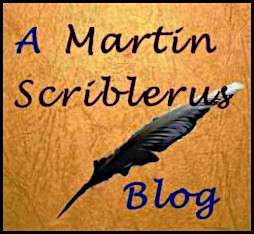Christmas Eve meant visiting the forebears, placing Christmas wreaths upon their graves
Pitney first. A small neat, medieval church tucked into the side of the hill. Clem Hill and his wife Ella, Clem dead in 1972, Ella seven years later. Ella was my grandfather’s sister, a homrly, welcoming lady, who provided massive teas to visiting family members. Clem had survived service in the Great War, carrying shrapnel in his lungs until his dying day.
Aller next. My great grandparents, Albert Luxton and Emily Lock. Both were from families whose roots in the parish were deep. The Luxtons had originated on the borders of Somerset and North Devon before their move to the lowlands of Aller. Albert and Emily are seventy years dead, both gone five years before I was born.
Huish Episcopi is the most familiar territory, the home parish for generations of my mother’s family. The round of the graves meant bringing seven wreaths, five of which were intended for Huish Episcopi.
The wreath-laying at Huish follows a clockwise sequence. Through the lych gate then left to the grave of Jack Martin and Augusta Crossman, dead fifty years ago. Close by lies the grave of Stanley Crossman, brother of my grandfather, Ella and Augusta, a man whose life was cut short by respiratory problems but whose hard work built up the family farm.
Passing the west end of the church, my grandparents’ grave is at the north side of the churchyard. Dying in 1991 and 2007, they remain fresh and lively in my memory.
The circuit of the graveyard continues to the south-east corner where Albion George Crossman and Emily Cox were buried after their deaths in the mid-1940s.
One grave was still to be found, George Martin was the son of Jack and Augusta, my mother’s cousin. My mother had worked in the shop that George kept on the edge of Somerton and my mother was anxious that his grave be visited.
The problem lay in knowing the location of George’s grave, it was said to be close to the grave of his parents. Repeated searches of the area of the churchyard around the Martin grave were fruitless. Perhaps I was mistaken.
Returning home, my mother and an uncle who was visiting were convinced George had been cremated and the ashes buried in the area where I had searched and a memorial plaque had been placed at the spot. One of my sisters returned to Huish with me, in the last light of Christmas eve afternoon we searched – without success.
A blessing of the crib had taken place in the church and the congregation was leaving. A priest stood at the door and I asked if I might speak to the church warden.
The church warden was someone from a storybook, a perfect man for the role, avuncular, knowledgeable and patient with this stranger who was taking up his time on Christmas Eve. The burial registers were recent, they did not extend back to the time of George’s death. The written details were unnecessary, the church warden had been in charge of the churchyard for twenty years and suggested he might have been aware of the burial.
The mystery remained. Perhaps the ashes had been unofficially interred and perhaps no memorial plaque had been placed.
,


I understand there’s an old Irish marriage proposal: “Do you want to be buried with my people?”
Family graves are sacred – that would be some commitment to make!